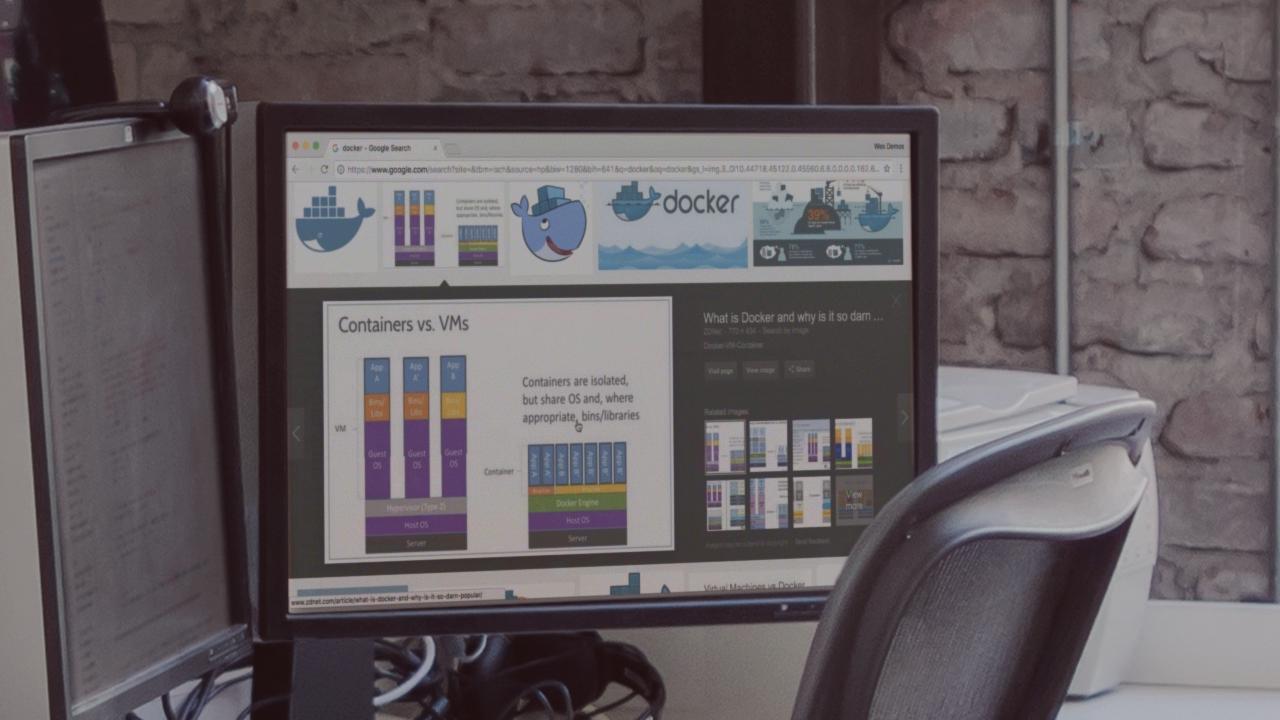- Course
Getting Started with Docker on Windows
Would you like to know how to simplify running software? This course will cover running both Linux and Windows software in Windows environments through the use of containerization.

- Course
Getting Started with Docker on Windows
Would you like to know how to simplify running software? This course will cover running both Linux and Windows software in Windows environments through the use of containerization.
Get started today
Access this course and other top-rated tech content with one of our business plans.
Try this course for free
Access this course and other top-rated tech content with one of our individual plans.
This course is included in the libraries shown below:
- Core Tech
What you'll learn
Docker simplifies running software, and now with the release of Windows containers, you can run just about any software with a consistent set of commands thanks to Docker. In this course, Getting Started with Docker on Windows, you'll learn how to use containers in Windows environments, both Linux and Windows containers. You'll see how to use Docker for Windows on workstations and how to use the Docker Engine in server environments. Along the way, you'll see how containers simplify finding, downloading, installing, starting, stopping, and uninstalling software. You'll also see how container isolation provides security and simplicity. You will learn how to build your own images and how to run command line apps, web servers, databases, and other apps in containers. Finally, you'll learn how to easily orchestrate complex applications with docker-compose. By the time you're done with this course, you'll know how to use Docker to simplify software management.

